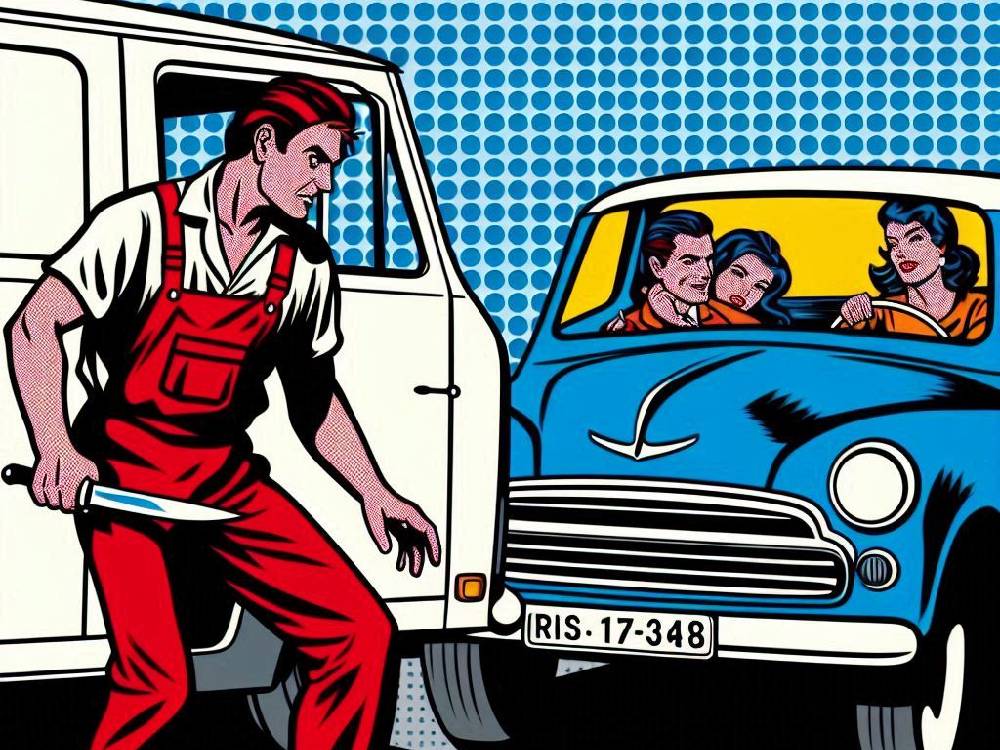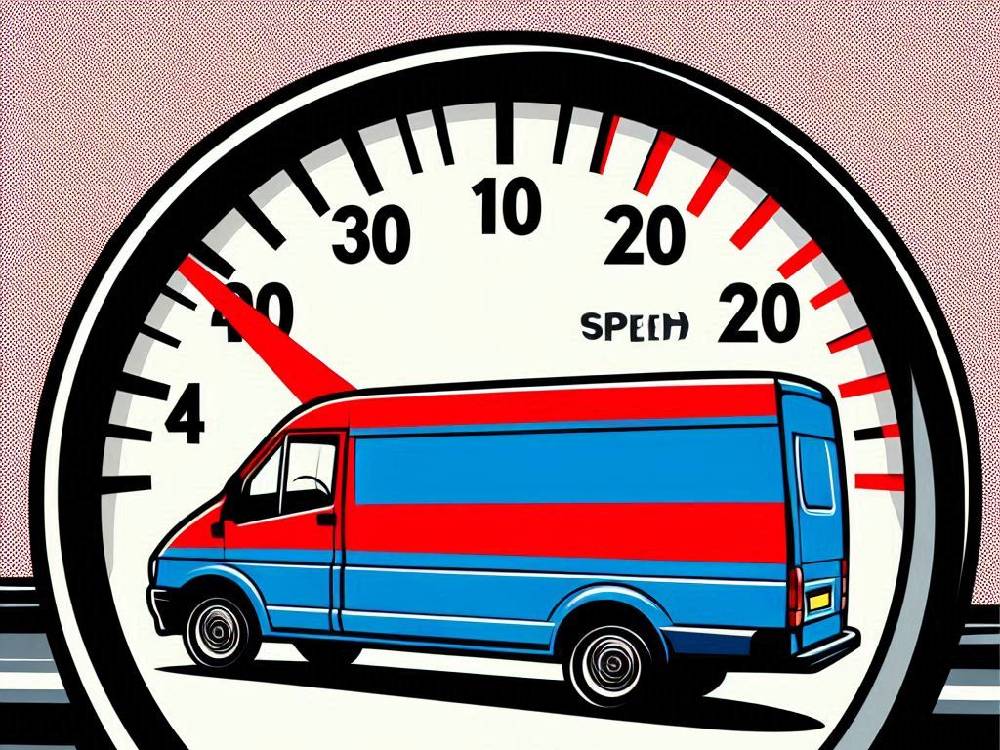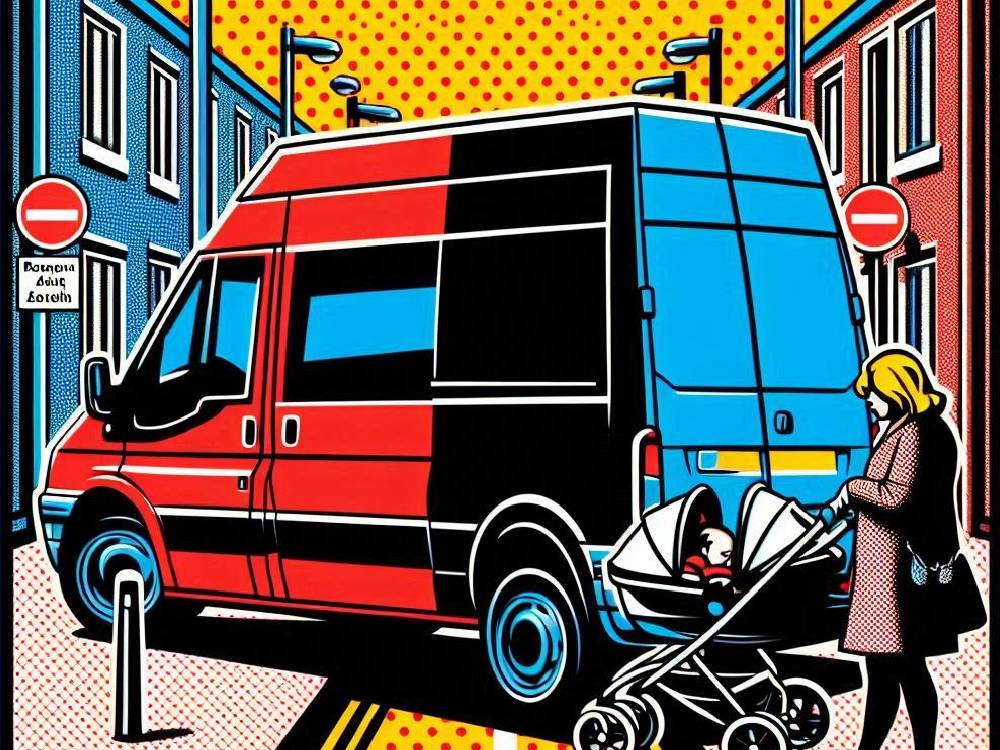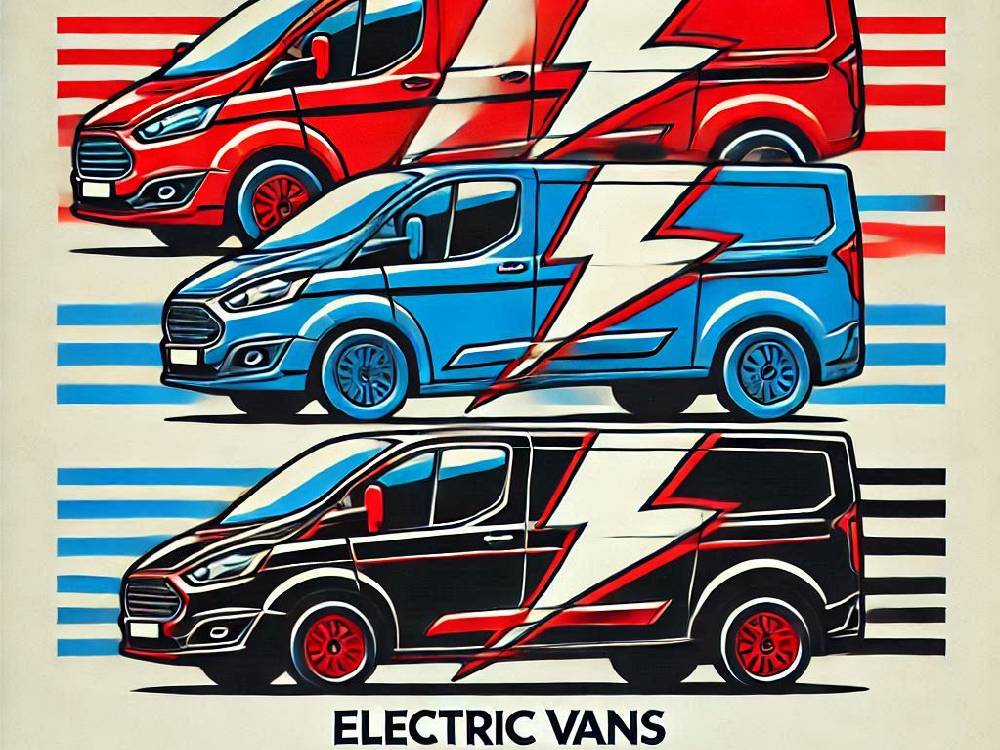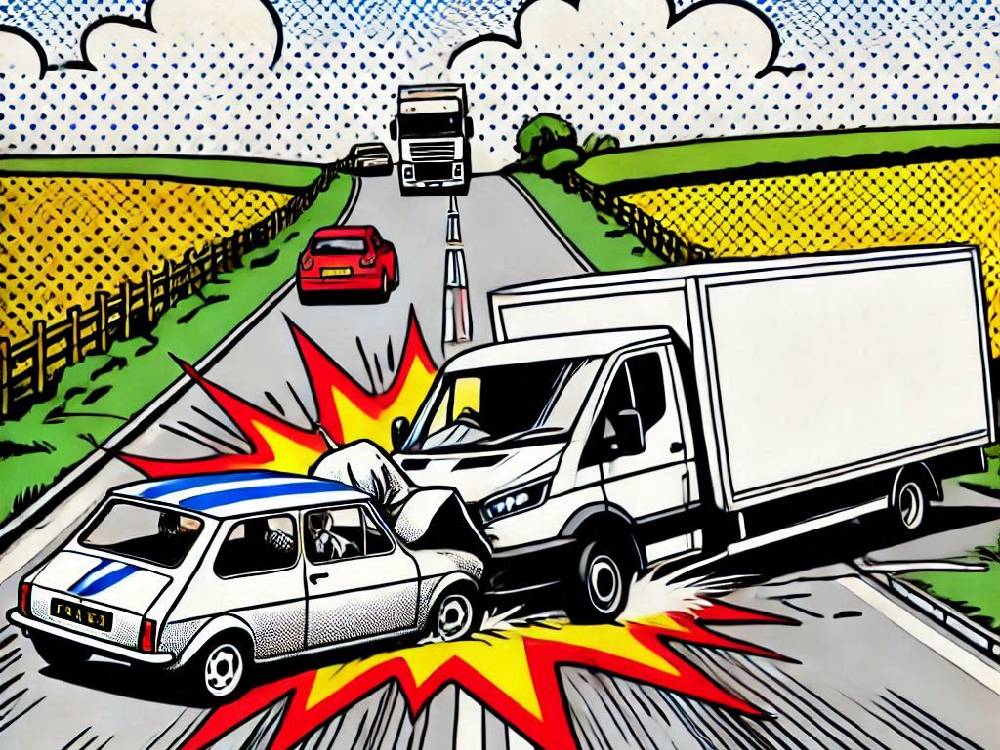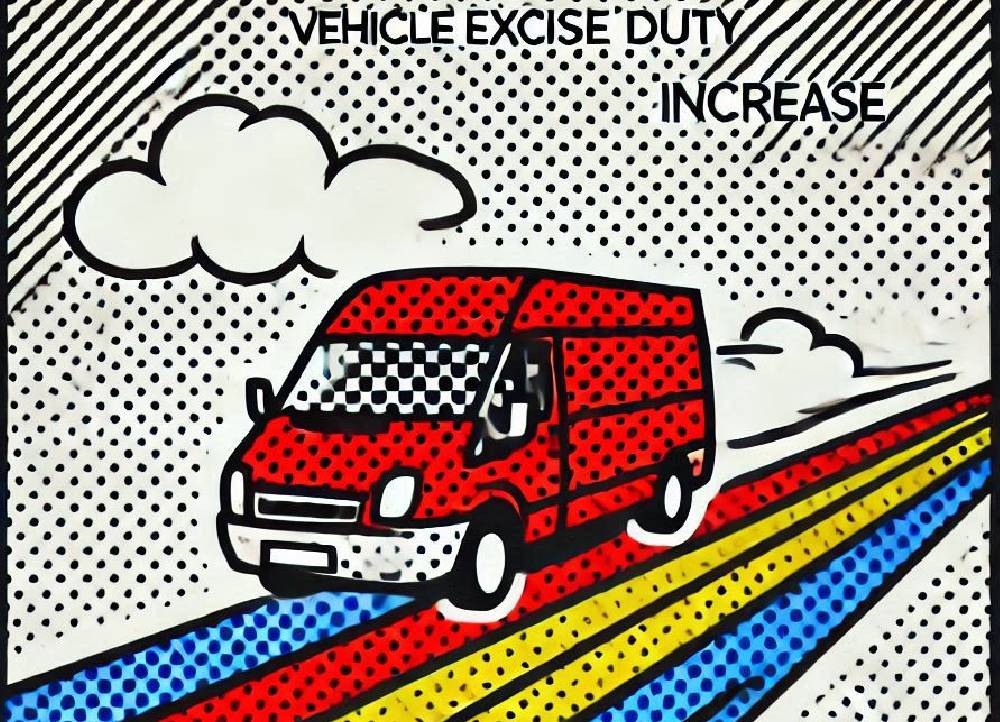Introduction
CCTV Vans are here.
Crime in and around supermarkets is on the rise.
Retail theft, fraud, and vandalism have become serious concerns, not just for businesses but also for customers and van drivers who park in supermarket car parks.
In response, Morrisons has launched five CCTV vans across the UK to help identify, deter, and protect against crime.
These vans are part of a long-standing partnership with Crimestoppers, giving people a 100% anonymous way to report crimes.
What does this mean for van owners and insurance costs?
Let’s break it down.
Why Morrisons Are Taking Crime Seriously With CCTV Vans
Supermarkets aren’t just targets for shoplifters—they’re also hotspots for vehicle crime.
Break-ins, thefts, and vandalism in supermarket car parks have increased in recent years.
And here’s the problem…
When crime rates go up, insurance premiums follow.
Van drivers, especially those using their vehicles for business, pay the price when crime levels rise near high-traffic areas.
Morrisons has experienced the effects of retail crime firsthand.
In fact, theft and fraud continue to drain billions from the UK retail sector each year.
As a result, businesses are facing increased losses, security challenges, and rising operational costs.
Because of this growing problem, Morrisons has decided to take proactive action.
To combat crime, they have rolled out mobile CCTV vans designed to monitor high-risk areas, deter criminal activity, and catch offenders in the act.
However, this initiative isn’t just about protecting Morrisons’ bottom line.
More importantly, it is about safeguarding staff, reassuring customers, and providing extra security for van drivers who park in supermarket car parks daily.
How Morrisons’ CCTV Vans Work
These aren’t just ordinary security vehicles.
Morrisons’ CCTV vans are mobile crime deterrents, strategically placed in high-risk locations to monitor activity in real-time.
Here’s how they operate:
- Constant Surveillance – The vans record activity 24/7, capturing thefts, break-ins, and vandalism.
- Rapid Deployment – If a crime hotspot emerges, the vans can be relocated immediately.
- Anonymous Reporting – The vans display Crimestoppers’ contact details, encouraging the public to report crimes safely and anonymously.
But why does this matter for van drivers?
Because these high-tech surveillance vans don’t just protect Morrisons’ stores—they also help keep supermarket car parks safer.
And fewer incidents mean lower insurance risks for van owners.
The Impact On Van Drivers and Insurance
Let’s talk insurance premiums.
Did you know that where you park your van impacts how much you pay for van insurance?
High-crime areas = higher insurance costs.
Supermarket car parks are some of the most vulnerable spots for vehicle-related crime.
In many cases, they become prime targets for thieves due to their high traffic and limited security.
As a result, vans left unattended—even for just a few minutes—can be at risk of break-ins, catalytic converter thefts, and even vandalism.
Given these concerns, this raises an important question:
Could Morrisons’ CCTV Vans Play A Role In Reducing Crime And Van Insurance Premiums?
The answer is yes—it’s possible.
If increased CCTV surveillance leads to a clear and measurable drop in crime, insurers may have reason to reassess risk levels in supermarket car parks.
Consequently, they might begin to adjust van insurance premiums in response to the reduced likelihood of theft or damage.
In the long run, this could result in cheaper van insurance for drivers who regularly park at retail locations, making this initiative even more beneficial for businesses and vehicle owners alike.
But there’s more.
If you’re a van driver, there are already ways to lower your insurance costs, including:
- Using telematics devices – Insurers reward careful drivers.
- Choosing the right van insurance policy – Are you sure you’re on the right cover?
- Avoiding simple mistakes that could cost you – One wrong move can land you in court.
Morrisons’ new CCTV vans could be a step in the right direction, but the long-term impact on van insurance remains to be seen.
What’s Next?
So far, we’ve covered why Morrisons is stepping up crime prevention and how these CCTV vans work.
But what about Morrisons’ long-term strategy?
And could this initiative spread beyond supermarkets?
Morrisons And Crimestoppers: A Decade Of Collaboration
Morrisons’ CCTV vans are not just another security measure.
Instead, they are the latest step in a 10-year partnership with Crimestoppers, a charity that allows people to report crimes anonymously.
Over the years, this collaboration has led to arrests, crime prevention, and safer stores. However, traditional crime reporting is often reactive rather than proactive.
That’s where these vans come in.
Rather than waiting for crimes to happen, the new CCTV vans actively monitor high-risk areas. As a result, criminals now have fewer chances to escape unnoticed.
At the same time, these vans send a strong message—supermarkets are watching, and crime will not go unpunished.
For van drivers, this could mean fewer break-ins, safer parking spaces, and reduced thefts.
But will this strategy expand beyond Morrisons?
Let’s take a closer look.
How This Initiative Could Expand
If this initiative proves successful, other supermarkets might follow Morrisons’ lead.
Tesco, Asda, and Sainsbury’s could deploy their own CCTV vans. If that happens, supermarket car parks may become much safer.
While increased surveillance might deter criminals, they could simply move elsewhere. In that case, the overall impact on crime may be limited.
Additionally, insurers will need clear evidence of reduced crime before adjusting van insurance premiums.
At the same time, van drivers should stay cautious. Even with CCTV monitoring, it’s still important to park in well-lit areas, lock your vehicle, and avoid leaving valuables inside.
If these vans prove effective, the wider retail industry may take notice. Security vans could soon appear at retail parks, petrol stations, and other high-risk locations.
For now, van owners should pay close attention to how this initiative unfolds.
Conclusion
Morrisons’ CCTV vans are a major step forward in tackling supermarket crime.
For van drivers, this could mean safer parking, fewer break-ins, and potentially lower insurance risks.
However, it is still unclear whether this initiative will expand beyond Morrisons.
If other retailers adopt similar security strategies, crime in supermarket car parks could drop significantly.
Van owners should stay informed and continue taking their own security precautions.
This initiative is promising, but only time will tell if it leads to lasting change.
Related Articles
Want to learn more about van insurance and ways to cut costs? Check out these guides:
- How telematics devices can save you money on van insurance
- Speed Limiters and why vans have them
- Why 57% of UK van drivers are facing insurance hikes


